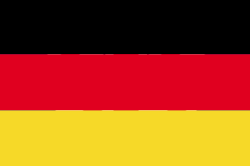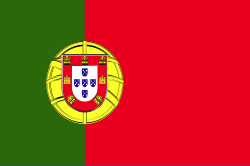The five key processes of leather-making
Approximately 99% of the hides and skins used for leather are a by-product from the food industry. Turning this by-product into leather is the most responsible thing to do in a circular economy.
There are many different types of leather and therefore many variants on the manufacturing process but in the main it can be broken down into these key operations.
- Cleaning
- Tanning
- Retanning
- Milling
- Finishing
Hides and skins need to be preserved during transportation to the tannery. Mostly they are salted but can also be shipped fresh in refrigerated units.
Cleaning (Wet Processing)
The process of cleaning the hides & skins is known as the ‘beamhouse’. Any preserving salt, dirt, and flesh are removed together with the wool or hair and the hides degreased. In some case where the final leather will be ‘hair-on’ the hair or wool will be left intact.
Once the hides are clean they may be split to produce the top, grain layer, used to make full grain or nubuck leathers and a bottom layer used to make ‘split’ or suede leather. This allows the thickness of the leather to be adjusted for the final product. For example sturdy walking boots will require a thicker, firmer leather than soft trainers.
Skins are not split as they are already very fine and typically less than 1mm thick.
At this stage the hides and skins are still called pelts and as they have not been stabilised by the tanning process, have limited storage time.
Tanning
In the tanning process, the protein structure of the hides and skins are stabilised, making them durable, chemical resistantand less susceptible to decomposition, here the pelts are converted to leather.. Traditionally, the main tanning methods are based on chrome, vegetable tannins and chrome free alternatives. (For more information on the different processes check out our Summary of the Different Types of Tanning).
If hides were not split in the beamhouse operation, they are usually split after tanning. Once tanning is completed leather tanned with chrome is known as ‘wet-blue’, leather tanned using chrome-free tannins is known as ‘wet-white’ and leather tanned using vegetable tannins, is called ‘vegetable or veg-leather’.
Retanning (Prefinishing)
The retannage operation is what determines the final character of the leather and it includes dyeing to give colour and fatliquoring to add softness, fullness and touch. It is where the unique characteristics required for the end product will be determined- whether for automotive or aviation seating, footwear, garments or bags and leathergoods. Once retannage is complete, the leather is known as ‘crust’.
Milling
Leather can be further softened after retannage by placing it in a dry tumble drum – this also enhances the natural grain structure and leathers softened in this way are often referred to as ‘tumbled’ and can be identified by their soft handle and naturally grainy appearance.
Finishing
Many surface finishes can be added – to give protection, create distinctive fashion effects or to enhance feel. These can be in the form of coats, dyes, waxes and oils and/or embossed or printed patterns. Once done, leather becomes ‘finished leather’.
Learn More with Leather Naturally
Leather Naturally promotes the use of globally-manufactured sustainable leather. Its website https://www.leathernaturally.org/ is a key resource for information about modern leather manufacturing and the part it plays in a more sustainable society.
Thanks to UNIDO for the source material for this fact sheet.





